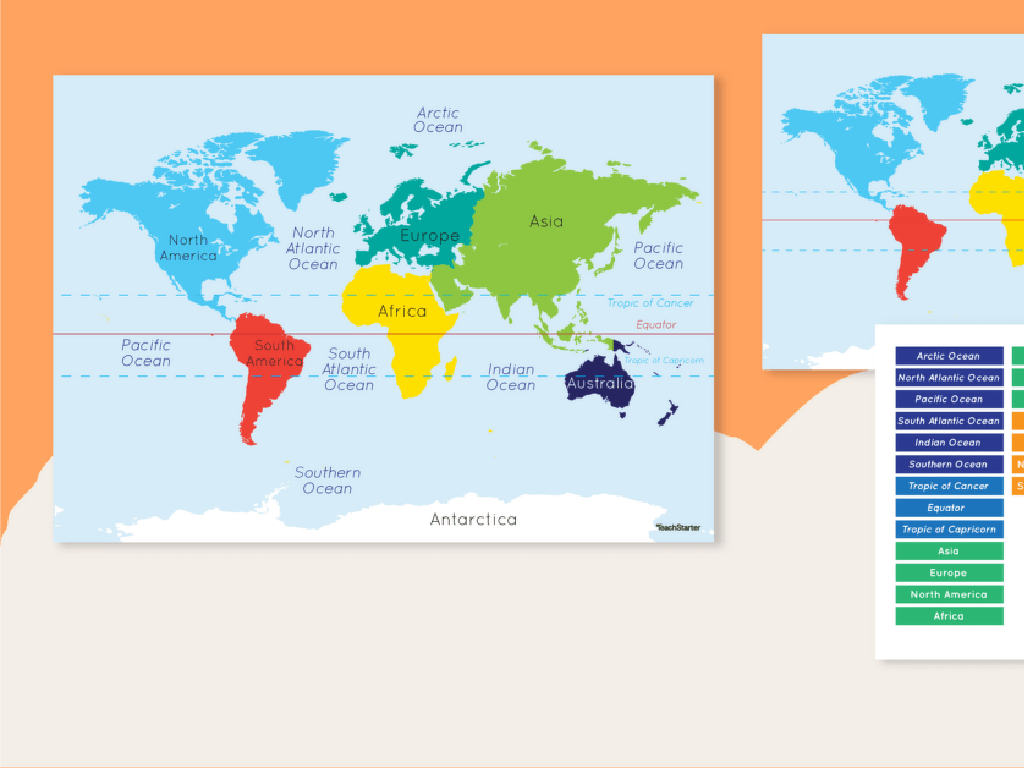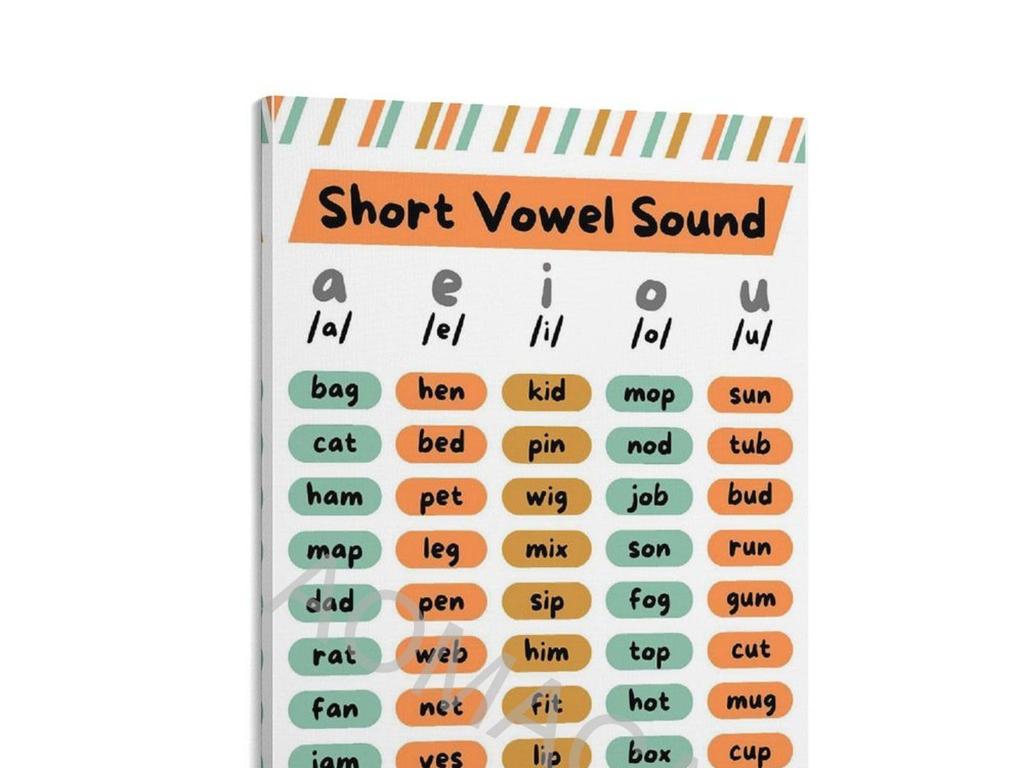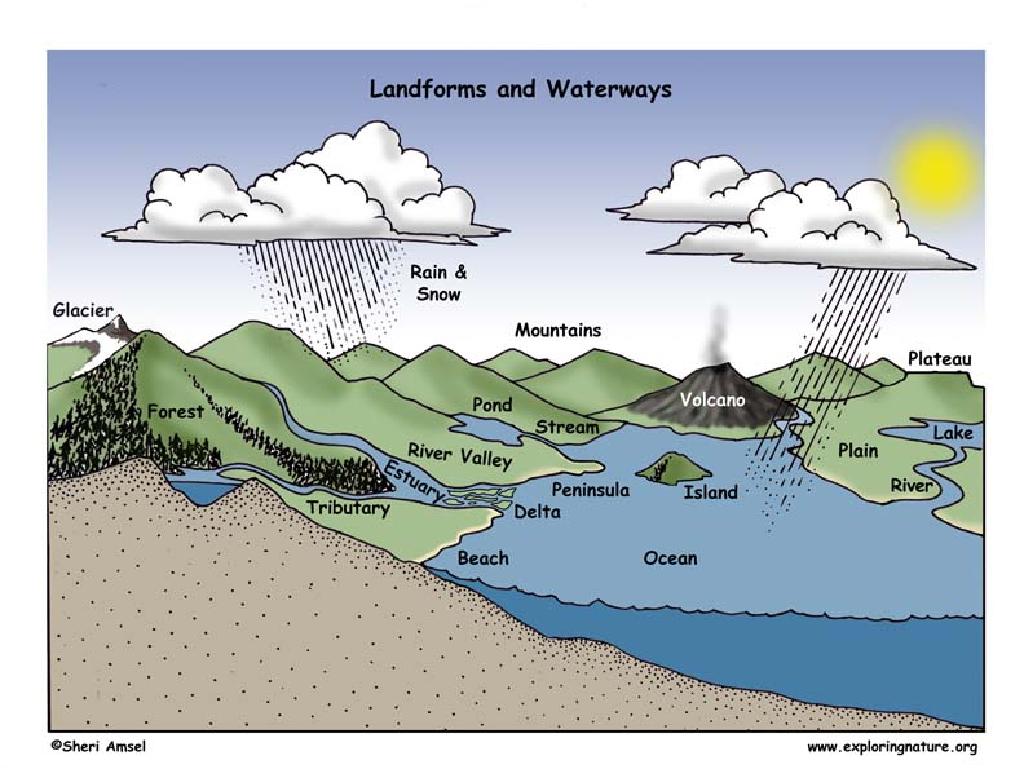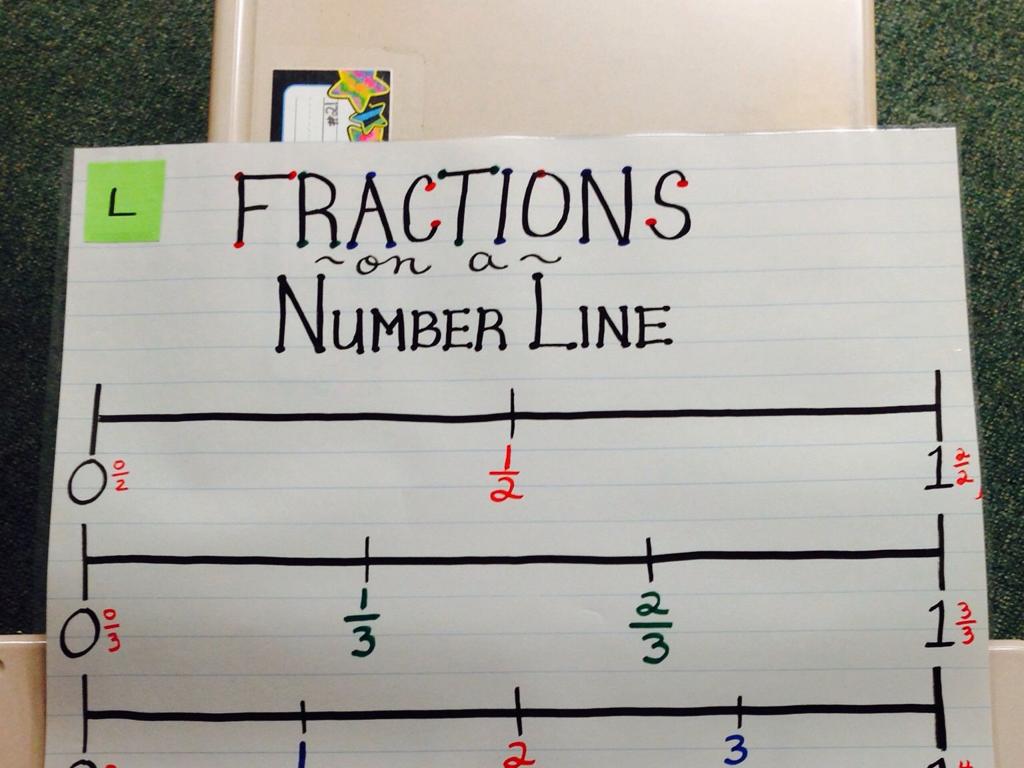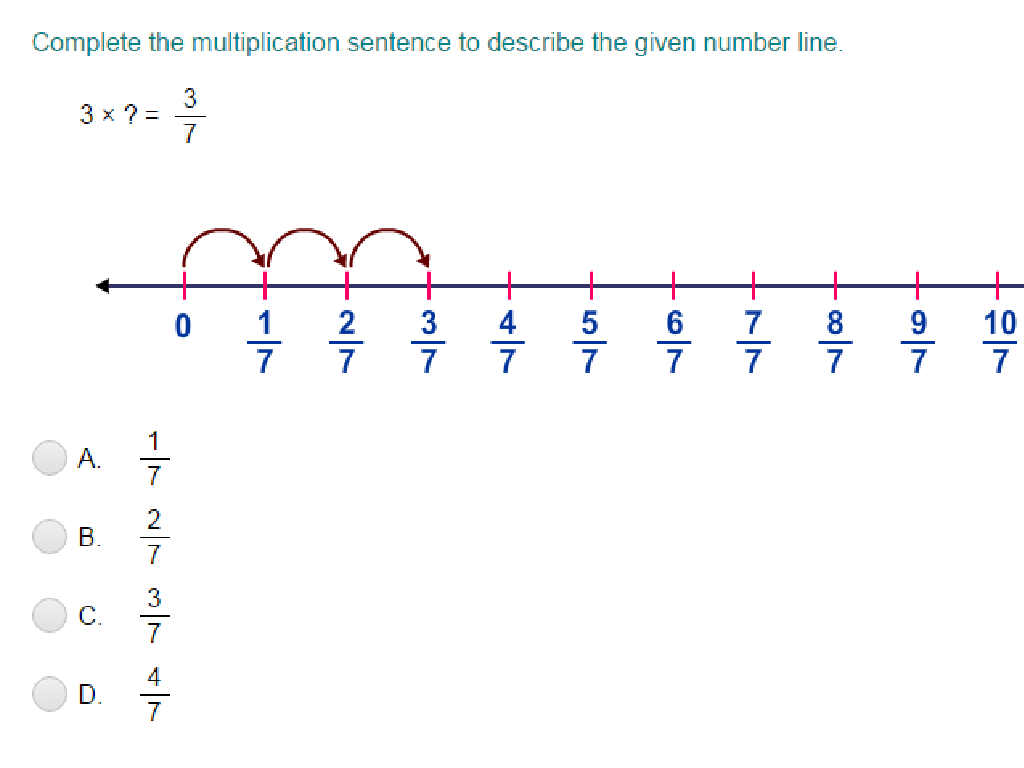Changes To Earth'S Surface: Volcanic Eruptions
Subject: Science
Grade: First grade
Topic: Earth Events
Please LOG IN to download the presentation. Access is available to registered users only.
View More Content
Earth Events: Volcanic Eruptions
– Earth changes over time
– What is an ‘event’?
– An event is something that happens, like a party
– Some events are slow or fast
– Like growing taller (slow) or a balloon pop (fast)
– Volcanoes are a fast event
– Eruptions happen quickly and change the Earth
|
This slide introduces the concept of Earth events to first graders, focusing on volcanic eruptions as an example of a fast event that changes the Earth’s surface. Begin by explaining that the Earth is always changing, just like they grow and change. Ask the students what they think an ‘event’ is to engage them in thinking about different types of events. Compare slow events to things they are familiar with, like growing older each year, and fast events to sudden occurrences like a balloon popping. Emphasize that volcanic eruptions are fast events that can have a big impact on the Earth’s surface. Encourage them to think of questions they might have about volcanoes or other Earth events.
What is a Volcano?
– Volcano: a mountain with a tummy ache
– Volcanoes burp out ash and lava
– When it ‘burps’, hot ash and red-hot liquid rock come out.
– Let’s pretend to be volcanoes
– We’ll stand up and puff our cheeks to imitate a volcano.
– Show your best volcano burp
– Make a big ‘burp’ noise and stretch your arms wide like lava flowing!
|
This slide introduces the concept of a volcano to first graders in a relatable way by comparing it to having a tummy ache and needing to burp. Explain that when a volcano ‘burps’, it’s an eruption, releasing ash and lava. Engage the students with a fun activity where they can stand up, puff their cheeks, and make a ‘burp’ noise to simulate a volcano erupting. This will help them remember what a volcano does. Encourage them to stretch their arms out to show how lava flows down a volcano’s sides. This interactive approach helps to solidify their understanding of volcanic eruptions in a playful and memorable way.
Inside a Volcano: Magma and Lava
– Volcanoes have hot, melted rock
– It’s like a soup of melted rocks!
– Magma is the name for this rock inside
– Think of magma like a dragon’s fiery breath, but inside the earth!
– Lava is what magma is called outside
– Lava is the magma that escapes and flows out
– Magma inside, lava outside!
|
This slide introduces the concepts of magma and lava to first graders in a simple and memorable way. Emphasize the difference between magma and lava based on their location relative to the volcano. Use analogies and imagery that are age-appropriate, such as comparing magma to a dragon’s fiery breath, to help them visualize and understand. Reinforce the learning with a catchy phrase: ‘Magma inside, lava outside!’ Encourage the students to remember this phrase as it will help them distinguish between the two. You can also use hand gestures, showing ‘inside’ by pointing to the stomach and ‘outside’ by pointing away from the body.
Volcanic Eruptions: Earth’s Big Sneeze!
– Earth’s tummy ache causes eruptions
– Just like we get tummy aches, sometimes the Earth does too, and it makes volcanoes erupt!
– Eruptions are loud and fast
– Imagine a volcano sneezing really loudly and quickly!
– Lava comes out during an eruption
– Hot, melted rock called lava flows out of the volcano!
– What happens after lava comes out?
|
This slide introduces the concept of volcanic eruptions to first graders by comparing it to something they can understand – a tummy ache and a sneeze. Explain that sometimes the Earth has a lot of pressure inside, just like when we have a tummy ache, and it needs to let it out. This is what happens when a volcano erupts. The eruption is compared to a big sneeze because it’s a sudden, powerful release, just like when we sneeze. Lava, the hot melted rock, is what comes out of a volcano during an eruption. Ask the students to think about and discuss what might happen after the lava comes out, setting the stage for learning about the effects of volcanic eruptions on the environment. This will help them understand the concept of cause and effect as well as the basics of volcanic activity.
How Volcanoes Change the Earth
– Volcanoes create new land
– When a volcano erupts, it spews out lava.
– Lava cools down to form land
– This hot lava hardens and becomes part of the Earth.
– Earth’s surface is always changing
– Think of other Earth changes
– Like mountains forming or rivers carving canyons.
|
This slide introduces the concept of Earth’s changing surface to first graders, focusing on volcanic eruptions. Begin by explaining that the Earth is like a giant puzzle that can change shape. When a volcano erupts, it releases lava, which is very hot liquid rock. As the lava flows and cools, it turns into solid rock and can create new pieces of land. This is one of the many ways the Earth’s surface can change over time. Encourage the children to think about and discuss other natural events that might change the landscape, such as earthquakes creating mountains or rivers eroding the land to form valleys and canyons. Use simple language and relatable examples to help them grasp the concept.
Safety First: Volcanoes
– Volcanoes are amazing natural events
– Stay safe by watching from a distance
– Never go near a volcano during an eruption
– Volcanologists study and protect us
– They predict eruptions and plan safety measures
– Appreciate the hard work of volcanologists
– Their research helps us understand volcanoes better
|
This slide is aimed at teaching first graders the importance of safety around volcanoes. Emphasize that volcanoes can be fascinating to learn about, but they are also dangerous, so we must observe them from afar. Explain the role of volcanologists, who are scientists that study volcanoes to predict when they might erupt and help keep people safe by setting up safety measures. Encourage the children to show gratitude towards volcanologists for their dedication to studying volcanoes and protecting communities. You can also discuss safety procedures in case of a volcanic eruption and the importance of following the advice of experts.
Class Activity: Make Your Own Volcano!
– Let’s build a volcano model
– We’ll use clay for the mountain
– Shape the clay to look like a mountain
– Baking soda and vinegar for eruption
– We mix them to simulate an eruption
– Remember, real volcanoes are dangerous
|
This activity is designed to give students a hands-on experience with the concept of volcanic eruptions. Each student will use clay to form their own volcano, creating a mountain shape. In the crater of the volcano, they will add baking soda. When it’s time to erupt, vinegar will be poured into the crater, causing a reaction that mimics the eruption of lava in a real volcano. It’s crucial to emphasize that this is a safe simulation and that actual volcanoes can be very dangerous. For the activity, prepare enough clay, baking soda, and vinegar for each student. Possible variations include working in groups, using different amounts of baking soda and vinegar to see varied eruption sizes, or adding food coloring to the vinegar to simulate different types of lava. Ensure safety measures are in place and that students understand not to ingest any materials.

